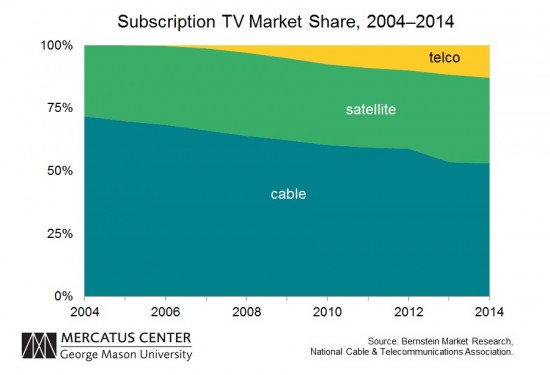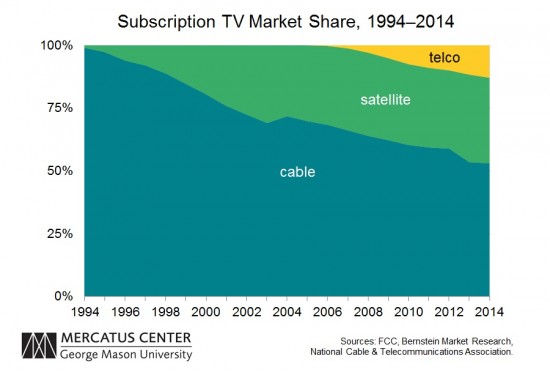This article originally appeared at techfreedom.org
Today, the House voted to extend key, but narrow, privacy rights to citizens of “covered countries.” The Judicial Redress Act, passed by a voice vote, would allow the Attorney General to work with other federal agencies to determine countries whose citizens can enforce their data protection rights in U.S. courts under the Privacy Act of 1974. Since that statute specifically exempts sensitive issues regarding law enforcement and national security, extending Privacy Act rights to citizens of selected countries poses no significant concerns.
“Today, the House took one small step toward repairing America’s tarnished image on data privacy,” said Berin Szoka, President of TechFreedom. “Since the Snowden disclosures, our government’s inaction on surveillance reform has provoked an international crisis — one that could lead to a European blockade of American Internet companies.”
Two weeks ago, in the Schrems case, the European Court of Justice struck down the Safe Harbor agreement that has, since 2000, allowed U.S. companies to receive and use data about European citizens. Lack of redress rights for Europeans is among the chief reasons why the ECJ found that the Commission had failed to update its finding that U.S. privacy protections were “adequate.”
Without a new agreement, U.S. companies will be at the mercy of each and every European Data Protection Authority, which, under Schrems, can now decide how to regulate cross-border data flows. This burden will likely fall heaviest on U.S. tech startups, who can ill afford this risk. If the Digital Protection Authorities (DPAs) start cracking down, American companies may simply decide to forego the European market, or to split their services into two pieces that don’t allow users to interact — especially new companies that haven’t yet launched their services. That, in turn, could mean a regionalization of what has, until now, been an inherently global medium.
“Passage of the Judicial Redress Act is ‘table stakes’ for the U.S.,” continued Szoka. “Without it, the State Department will have no credibility at the bargaining table in negotiating with the Europeans over a replacement for Safe Harbor. However, Privacy Act rights are necessary but not sufficient: Congress will need to move on to other privacy reforms immediately, starting with ensuring that law enforcement must obtain a warrant before accessing stored data of both American and European citizens. Congress will also need to finish the surveillance reforms it started with USA FREEDOM, specifically regarding Section 702.”
###
We can be reached for comment at media@techfreedom.org. See more of our work on privacy, especially:
- “Only Congressional Privacy Reforms Can Prevent EU Internet Blockade of US,” a statement from TechFreedom on the ECJ striking down Safe Harbor



 The Technology Liberation Front is the tech policy blog dedicated to keeping politicians' hands off the 'net and everything else related to technology.
The Technology Liberation Front is the tech policy blog dedicated to keeping politicians' hands off the 'net and everything else related to technology.
Quick Thoughts on FAA’s Proposed Drone Registration System
by Adam Thierer on October 19, 2015 · 1 comment
Here are some quick initial reactions on the proposed registration rules: Continue reading →